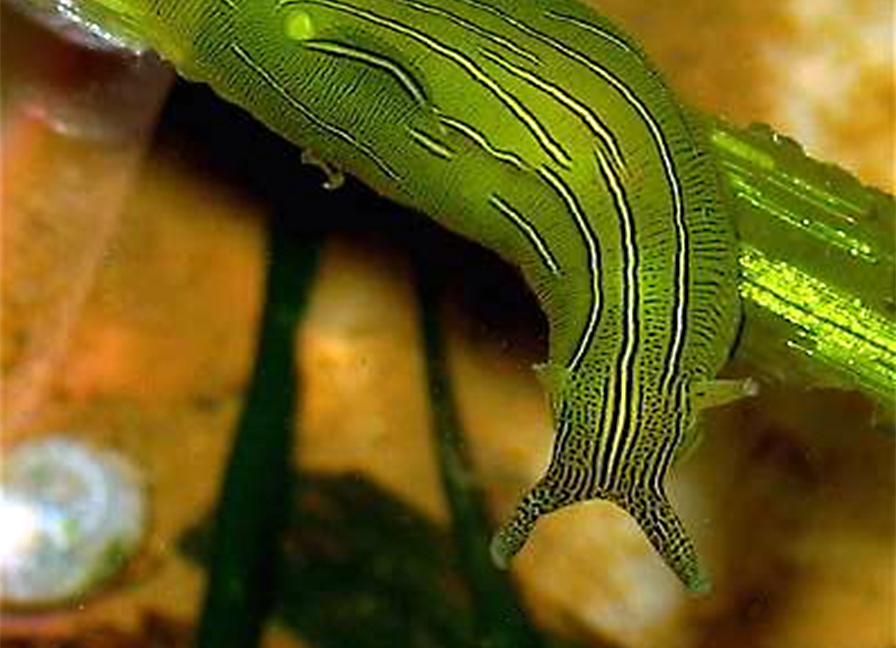
by David Young | Aug 18, 2024 | Molluscs
Zebra Leafslug Author: Rubin Cheney Thank you to Nicole LaForge for the use of her photos Common name: Zebra Leaf Slug, Eelgrass Sea hare, Taylor’s Sea Hare Scientific name: Phyllaplysia taylori Size range: Up to 8cm (3.2 in) long Identifying features: ...

by David Young | Aug 18, 2024 | Molluscs, Plankton
Common name: Sea angel, Naked sea butterfly, common Clione Scientific name: Clione limacina Author: Chloe Stone Photos: Special thanks to Alexander Semenov for allowing us to use his beautiful images of Clione limacina. Size range: 3 cm to 8 cm Identifying...
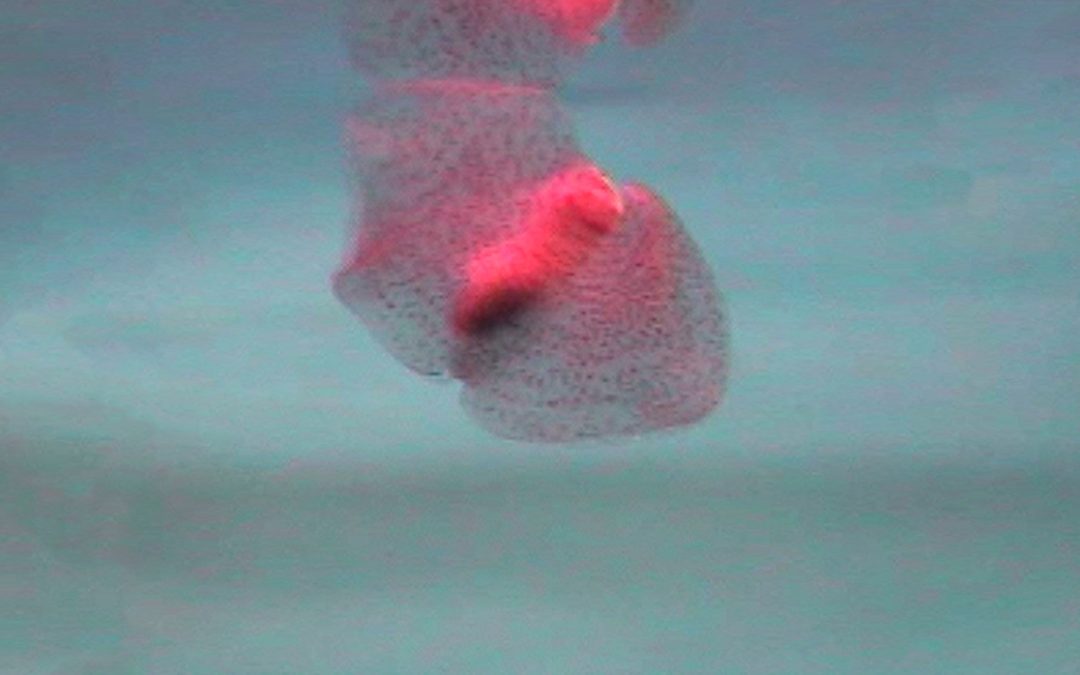
by David Young | Aug 18, 2024 | Molluscs, Plankton
Pacific Wingfoot Snail Author: Shelbie Montagnaro Common names: Pacific wingfoot snail, Pacific winged sea slug, sea butterfly Scientific name: Gastropteron pacificum Size Range: to 33mm (1.3 inches) in length Identifying Features: The Pacific wingfoot snail has a...
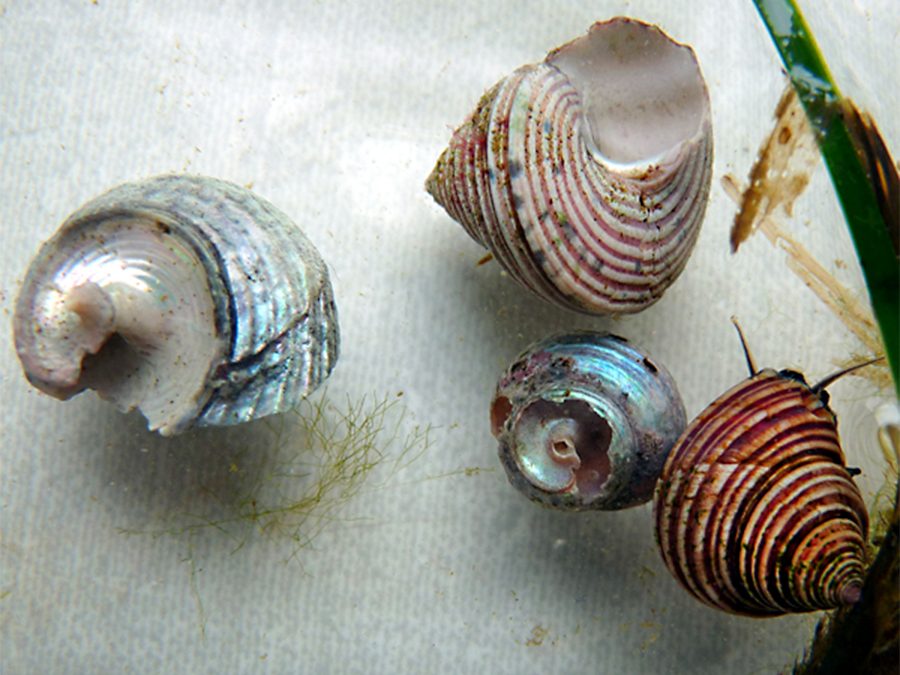
by David Young | Aug 18, 2024 | Molluscs
Blue Top Snail Author: Alisha Carey Common name: Blue Top Snail, Ribbed Top Snail Scientific name: Calliostoma ligatum (formerly Calliostoma costatum) Size range: up to 2.5 cm (1 inch) in diameter Identifying Features: The blue top snail (Calliostoma ligatum) is...
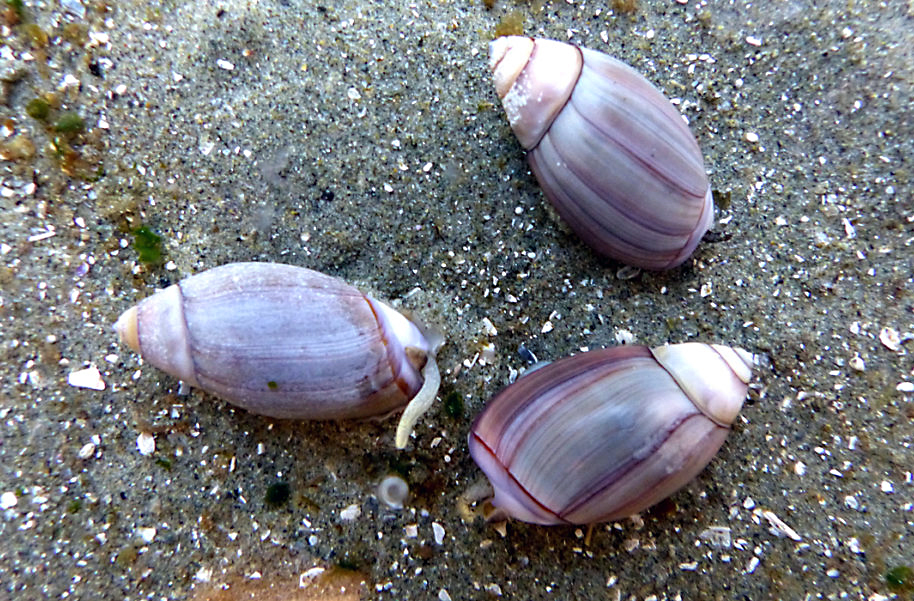
by David Young | Aug 18, 2024 | Molluscs
Purple Olive Snail Scientific name: Olivella biplicata Authors: Cody C. and D. Young Size: 2cm to 3.5cm (0.8 inch to 1.15inch) Identifying features: Purple Olive Snails are very attractive snails that have a smooth shell that appears highly polished. The colour...
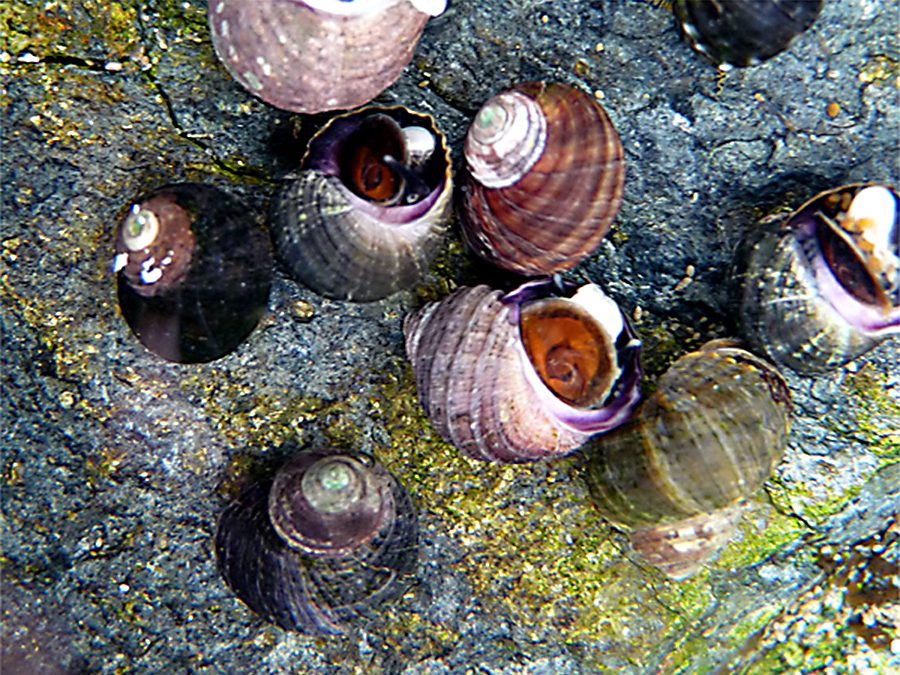
by David Young | Aug 18, 2024 | Molluscs
Common Name: Sitka Periwinkle Author: Bea Wicker Scientific Name: Littorina sitkana Size Range: Up to 2.4cm long Identifying Features: The Sitka Periwinkle generally has a brown or grey shell, which is sometimes striped. They can close themselves inside their...






